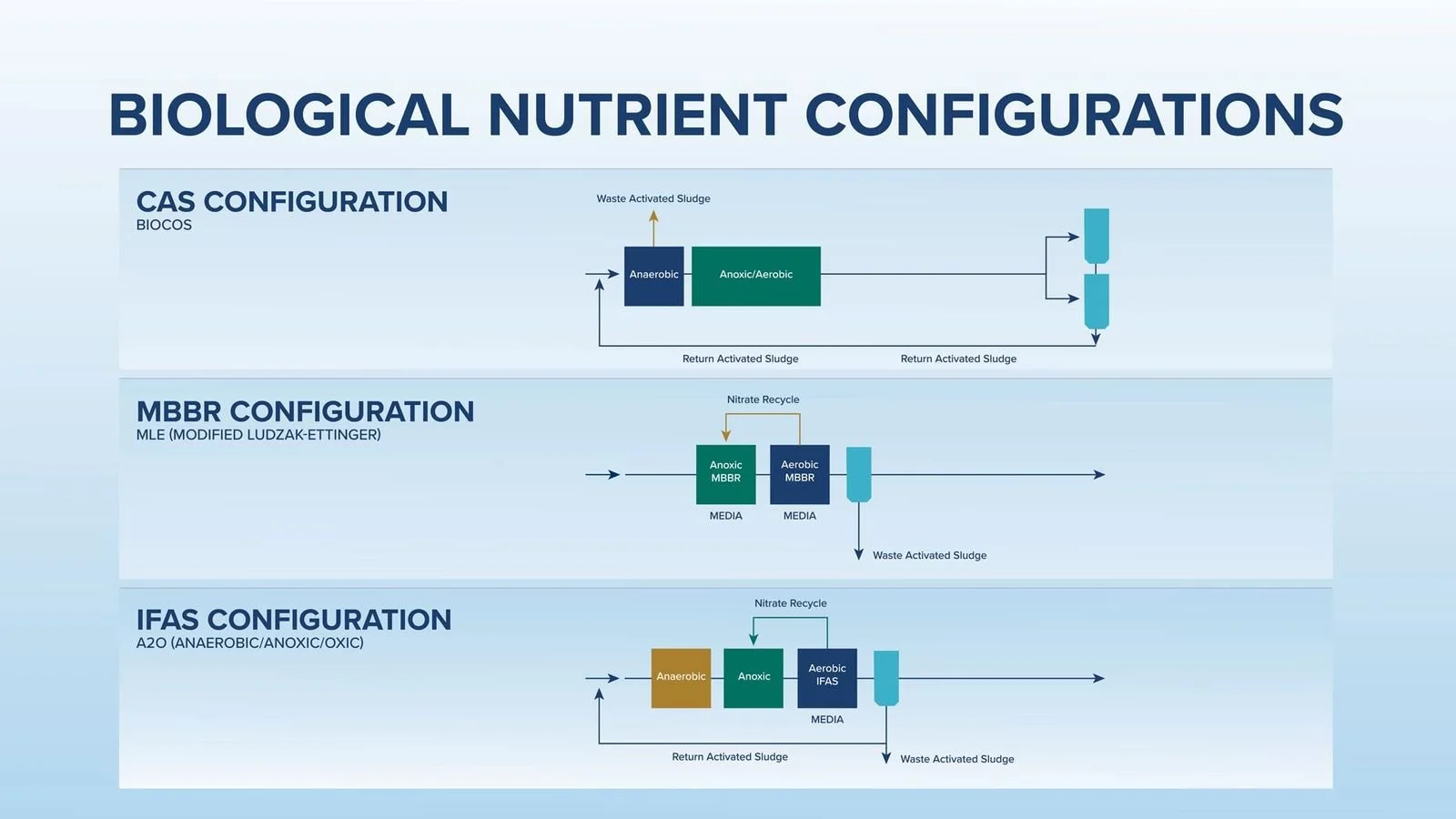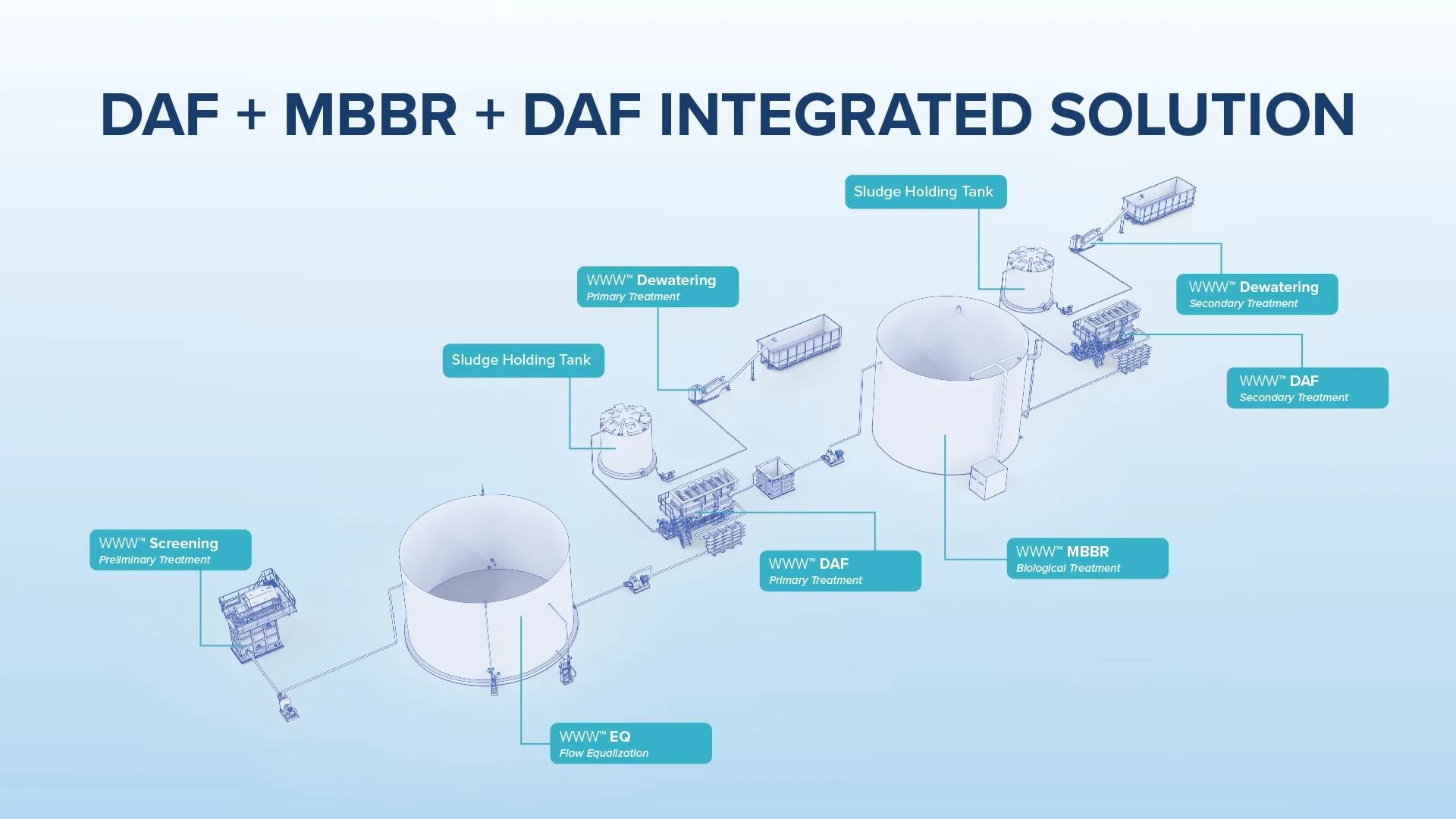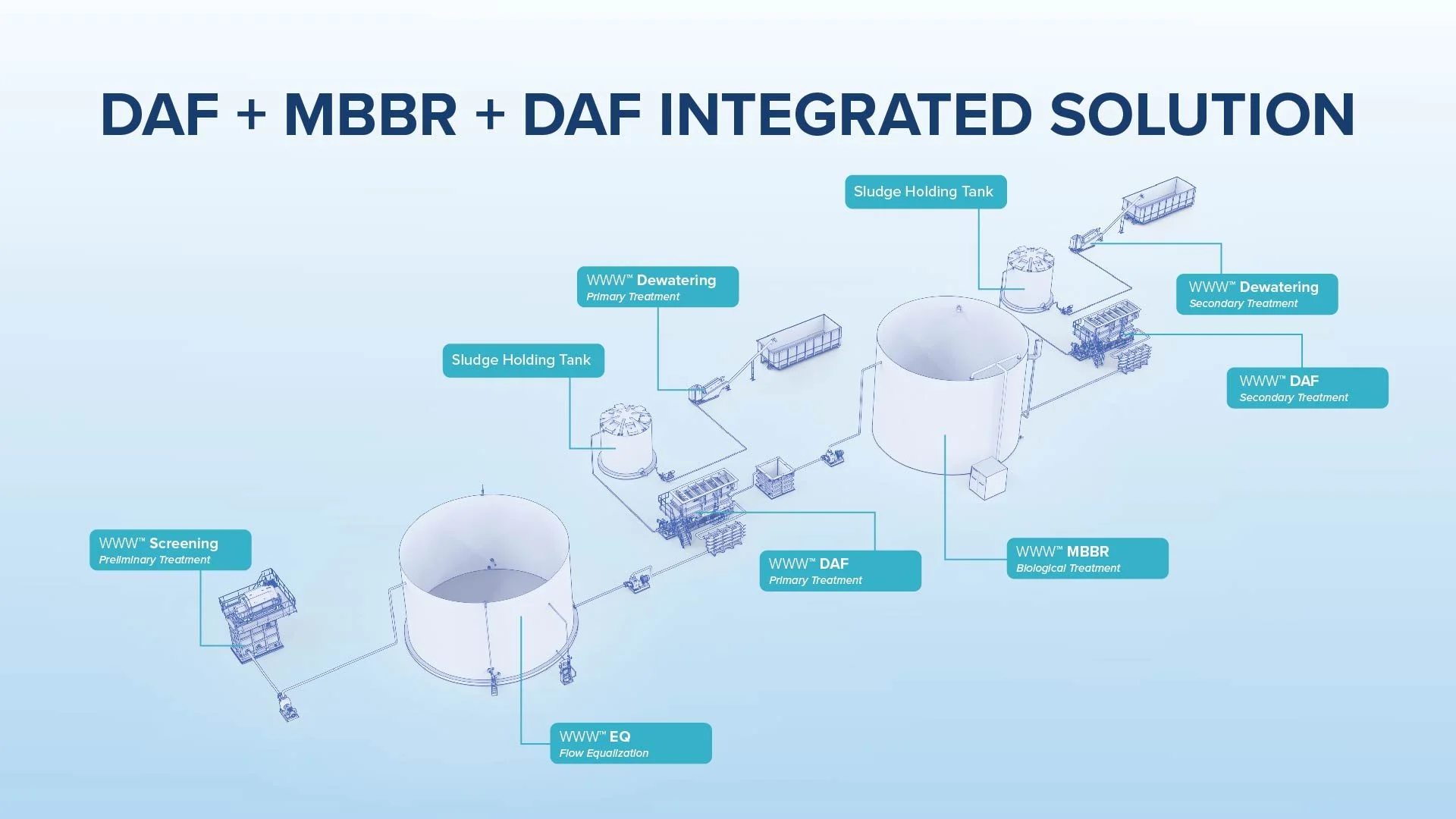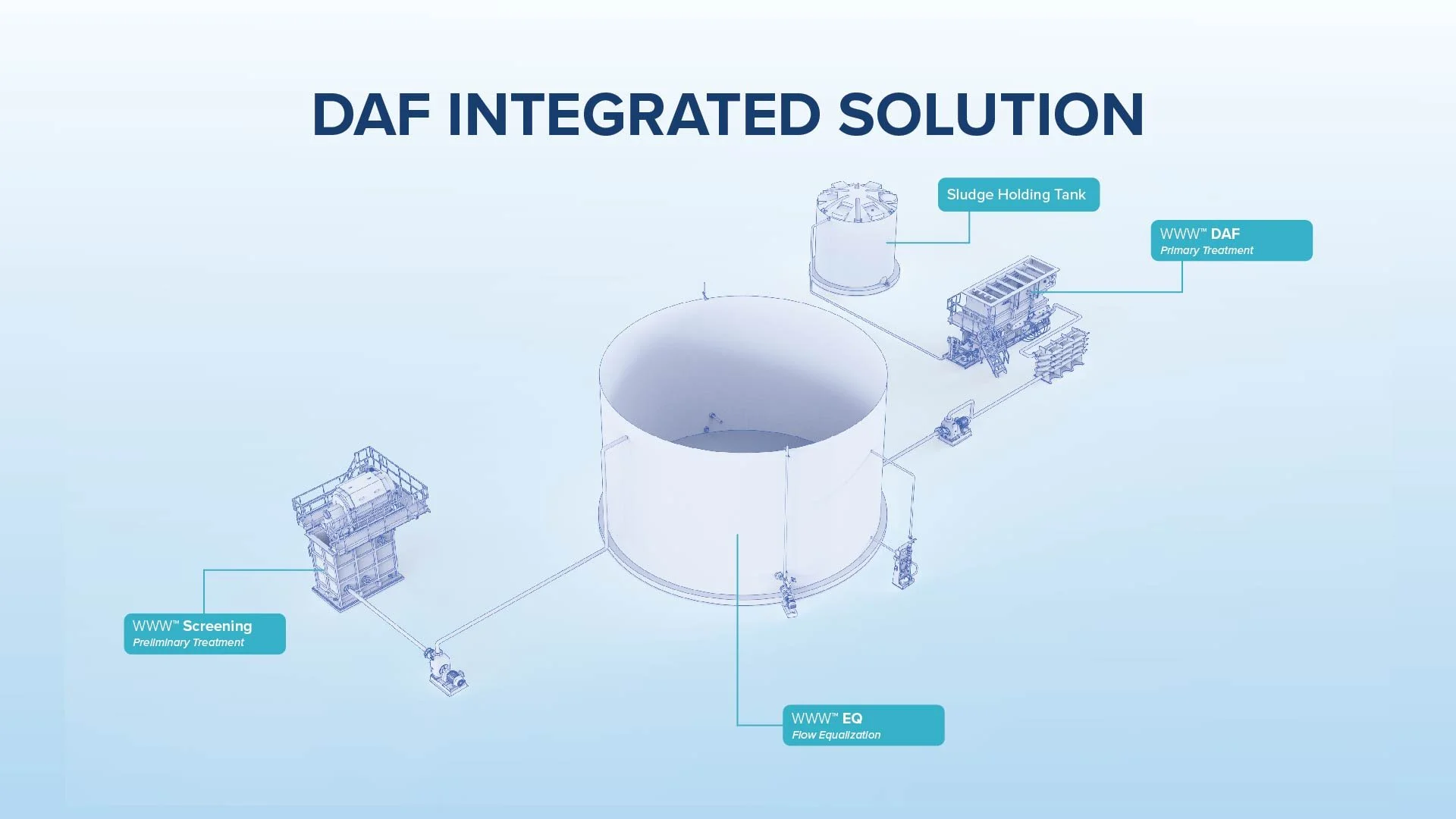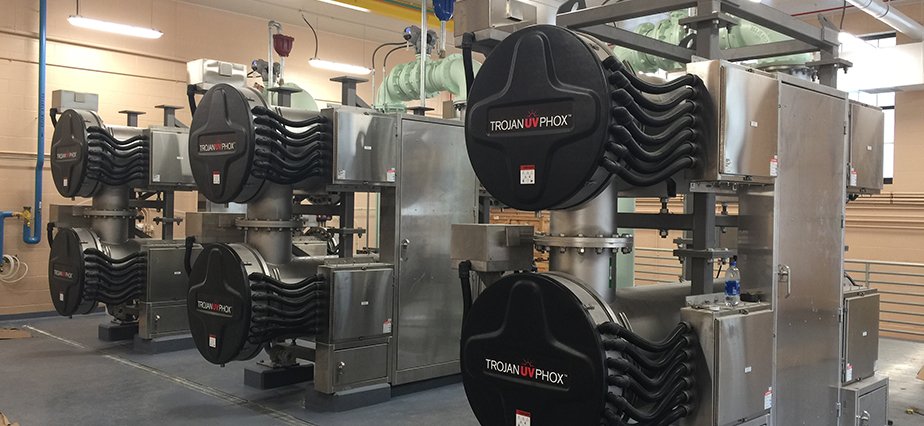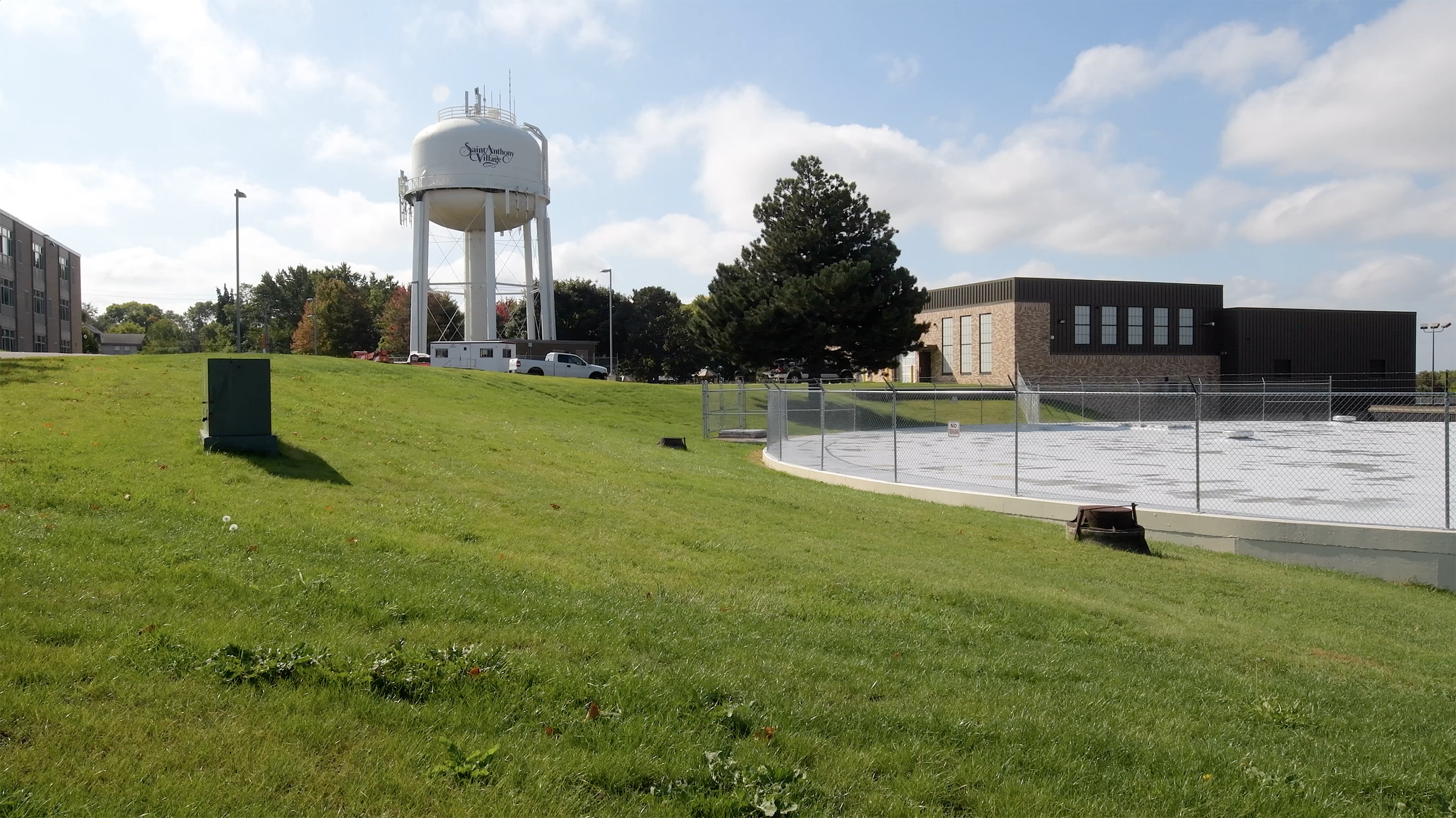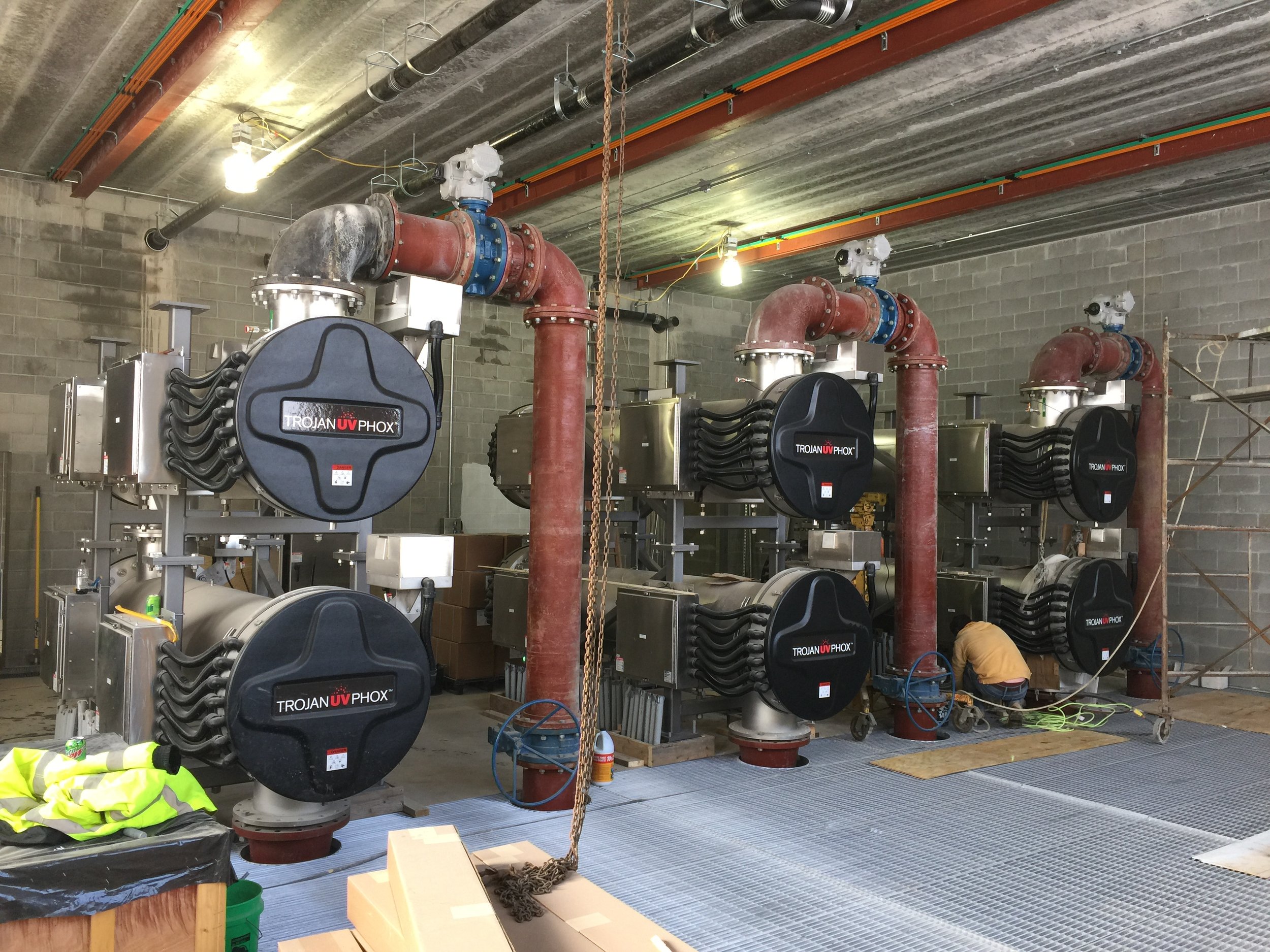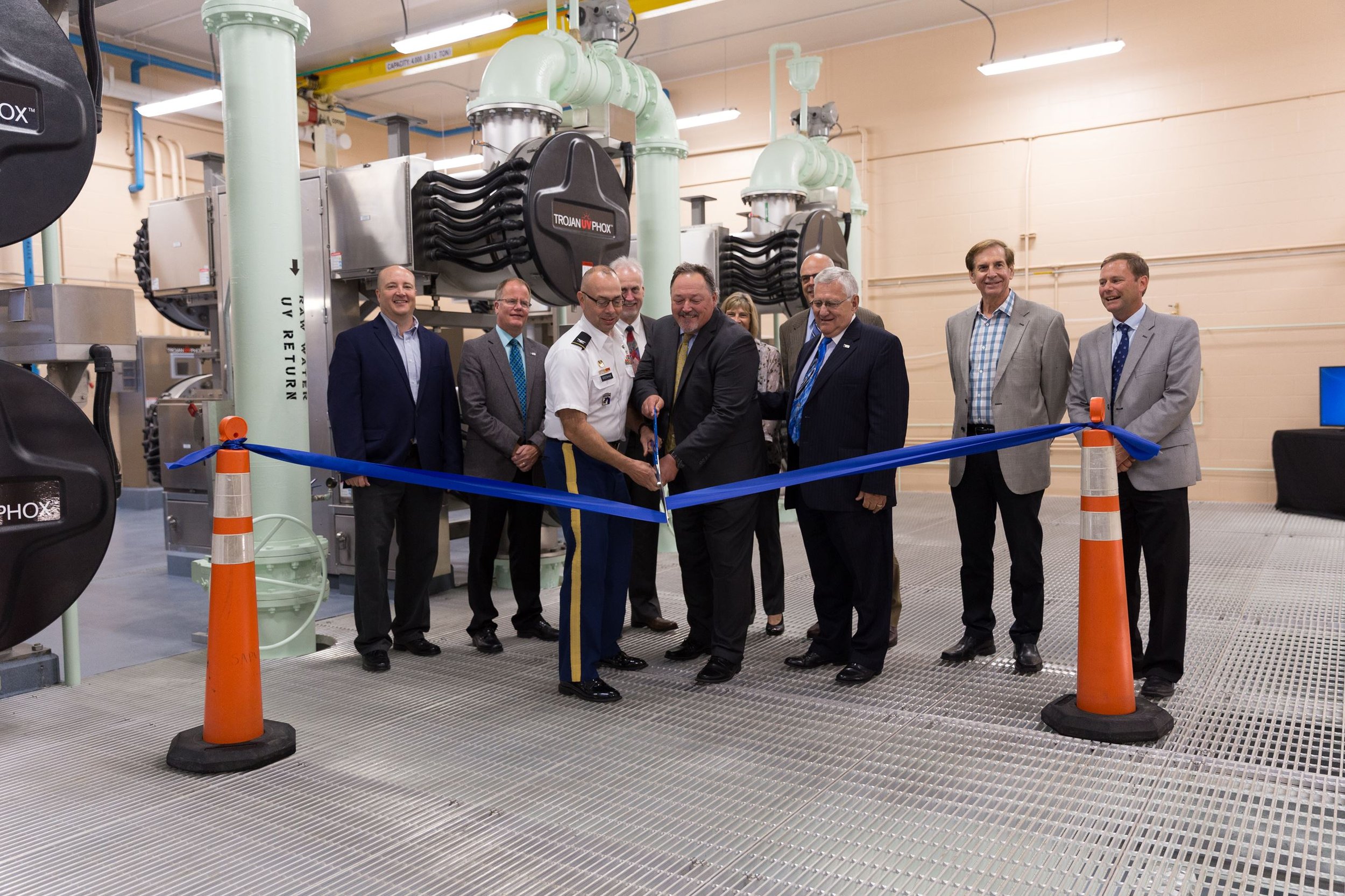GNE’S FEATURED MANUFACTURER
Manufacturer of Integrated Water and Wastewater Technologies for Advanced Wastewater Treatment
World Water Works actively uses technology to solve the world’s pressing wastewater challenges and is dedicated to providing sustainable solutions to our industrial and municipal customers. Our innovative engineering abilities and decades of industry knowledge enable us to strive for a future supported by superior yet efficient wastewater treatment technologies. Portions of our proceeds support non-profit wastewater research worldwide.
Robust wastewater treatment solutions that meet stringent municipal requirements and can retrofit existing facilities.
With our extensive experience always in mind, World Water Works is continuously improving its design philosophy. Our engineers develop and deliver innovative, customized and cost-effective technologies.
Whether it’s a municipal facility seeking to integrate a single process or a dairy in need of a full-scope solution, World Water Works will design, manufacture and deliver to the highest standards. Our world-class engineering, manufacturing and institutional knowledge instills customers with confidence and security, knowing that we will deliver the best technology.
Interested in learning more about these products?
Call our office or leave a message here and we will respond within one business day.
→
CUTTING EDGE TECHNOLOGIES AND SOLUTIONS
WWW™ DEMON® — Annamox anaerobic granular deammonification process technology
For each municipal application, we will customize a wastewater treatment solution that uses one or more of our sustainable technologies. For example, our WWW™ DEMON® process uses ammonia oxidizing bacteria (AOB) and anammox to remove ammonia from wastewater. It is completely automated and requires less energy than conventional systems.
WWW™ inDENSE™ — Selective sludge wasting technology for improved sludge settleability and nutrient removal optimization
You can easily integrate WWW™ inDENSE™ technology, which promotes denser sludge selection, into existing plants to improve settling characteristics compared to conventional activated sludge treatment.
WWW™ BIOCOS®— Hybrid activated sludge technology for enhanced nutrient removal — ideal for lagoon upgrades.
WWW™ BIOCOS® is a hybrid-activated sludge process that combines features of continuous flow and sequencing batch reactor (SBR) systems. A space-saving, cost-efficient sludge recycling system, it requires very little operation and maintenance. Pressurized air from the same blower source drives the cycles — no pump station required.
WWW™ MBBR / WWW™ IFAS — Moving Bed Biofilm Reactor (MBBR) and Integrated Fixed Film Activated Sludge (IFAS) technologies for retrofitting existing facilities for nutrient removal.
The WWW™ MBBR can handle both municipal- and industrial-scale BOD removal, nitrification and denitrification. This biofilm technology provides protected surface area so bacteria can grow and digest organics and nutrients in the waste stream. Our WWW™ IFAS™ system is a cost-effective upgrade for wastewater treatment plants that must meet more stringent effluent limits.
Upgrade conventional activated sludge systems to meet new effluent ammonia or total nitrogen limits by incorporating WWW™ miGRATE bio media into the aerobic zones to allow for the cultivation of slower growing bacteria populations.
WWW™ AvN® — Advanced aeration control technology to optimize energy efficiency, sustainablility, and total nutrient removal.
Our WWW™ AvN® technology allows for improved aeration efficiency, providing the ability to direct more carbon for energy generation while still meeting effluent nutrient limits. A portion of proceeds from the sales of AvN goes towards funding further non-profit research in wastewater.
MORE TECHNOLOGIES
LP-MINION provides improved mixing for media and densified activated sludge — all while improving overall treatment efficacy.
The WWW™ EQ includes WWW™ Mixing and WWW™ pH to provide more consistent flows and homogeneous loads to downstream treatment equipment.
The WWW™ Triple A Settler™ consists of a compact, advanced pre-treatment unit that integrates all features of an A-stage with a dual-tank-configuration to offer biomass activation, biomass recycling, sludge wasting and waste sludge thickening.
WWW™ DAF Dissolved air flotation (DAF) systems remove TSS (total suspended solids, F.O.G. (fats, oils, greases) and non-soluble organics by dissolving air into pressurized water.
WWW™ ArxZyme™ innovative bioaugmentation and biostimulation products and services for a wide range of applications. Our patented biostimulants improve existing biological performance and promote new growth.
Biological Nutrient Renewal Process
Ammonia Control Treatment
The protection of our waterways depends on the effective removal of ammonia (NH³-N) from industrial and municipal wastewater. As wastewater experts, we use various physical-chemical and biological processes to remove this caustic compound from wastewater, safeguarding the environment in both industrial and municipal applications.
Break-point chlorination
Fog, TSS & BOD Treatment
Our years of field experience and in-depth industry knowledge have enabled us to design complete wastewater treatment systems for fats, oils and grease (FOG), total suspended solids (TSS) and biochemical oxygen demand (BOD) applications.
We tailor each system to meet your requirements — whether you need a pretreatment system to discharge water into city sewers, or a direct national pollutant discharge elimination system (NPDES) that discharges water into the environment.
Flow equalization (WWW™ EQ)
pH adjustment (WWW™ EQ)
Chemical coagulation
Chemical flocculation
Dissolved air flotation (WWW™ DAF)
Nutrient addition
Moving bed biofilm reactor (WWW™ MBBR)
Mixed liquor suspended solids (MLSS) with DAF for clarification
Return activated sludge (RAS) recirculation
Waste sludge storage (WAS)
WAS sludge dewatering
Ultraviolet (UV) or chlorine disinfection
Total Suspended Solids (TSS) Treatment
Thanks to our experience in the oil and gas industry, as well as in cheese production, we lead the industry in treating the presence of total suspended solids (TSS) in wastewater.
Our engineers will work with you to develop a complete TSS treatment system, customized to your unique application requirements and to the nature of your solids, whether hard or settled. Our solutions include our field-proven WWW™ DAF (dissolved air flotation) technology, as well as traditional settling systems.
Flow equalization
pH adjustment
Chemical coagulation
Chemical flocculation
Clarification or dissolved air flotation
Sludge dewatering





